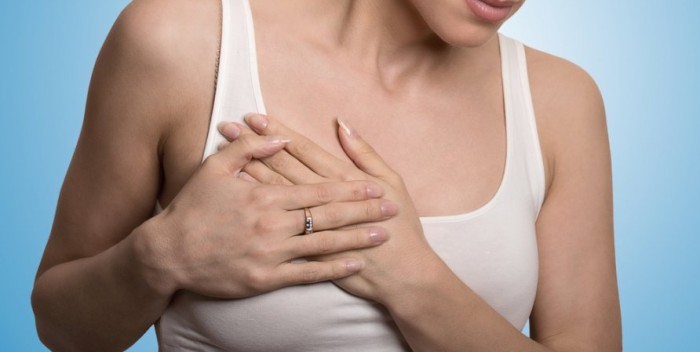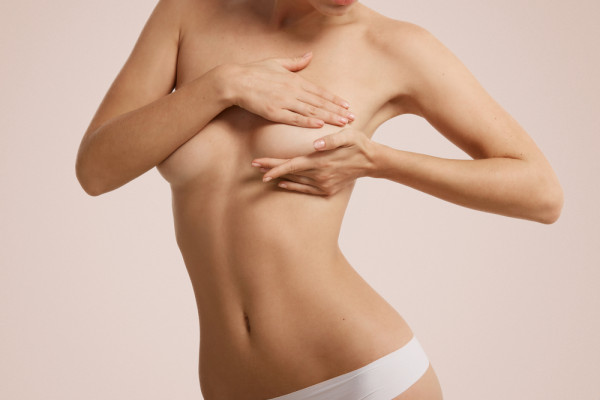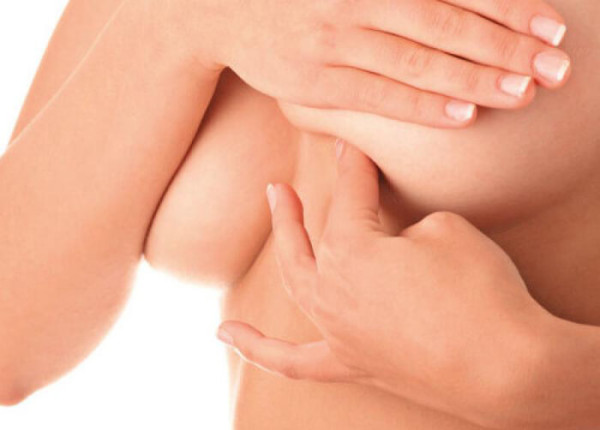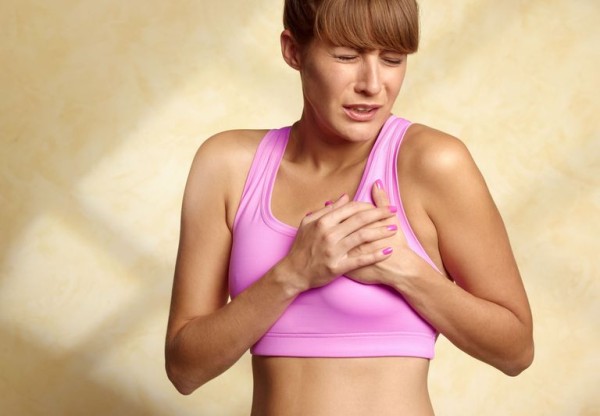Mastitis: causes, symptoms, treatment
Mastitis is an inflammatory process in the mammary glands. More often one side is affected. The disease is caused by a coccal pathogenic flora, usually a staphylococcal infection. Mastitis often develops in nursing mothers, less often the disease worries women in the last months of pregnancy.
There is also non-lactational mastitis. It occurs in young women, teenage girls, and even newborns. The female breast has a complex structure, its main purpose is to feed babies. It consists of milk ducts and many blood vessels.
Causes of mastitis
When bacteria enter the mammary glands, inflammation develops. Pathogenic microorganisms can get inside as follows:
- During the period of milk production, the lactiferous passages are actively working and, under proper conditions, microbes can penetrate into their bed.
- The presence of mechanical damage to the breast, such as cracked nipples.
- The presence of purulent foci, from which the infection can spread to the mammary glands.
The main ways of penetration of pathogenic microorganisms into the mammary glands are:
- cracks in the nipple area;
- bloodstream;
- infectious foci.
Usually, even if the nipples are cracked, as a result of infection through them, the immune system is able to overcome it. But in the period after childbirth, the woman's body weakens, and it is very difficult to cope with the inflammation that has appeared on its own.
The main reason for the appearance of the disease during the lactation period is non-observance of hygiene rules before and after latching the baby to the breast. In second place is lactostasis. He is stagnant milk in the milk ducts. This happens from insufficient expression or rare attachments of the baby to the breast. Milk contains many nutrients, thus it attracts pathogenic microorganisms.
If we talk about the causes of non-lactational mastitis, then they are as follows:
- injury to the breast;
- squeezing the chest;
- hormonal imbalance.
Symptoms of mastitis
Usually one of the mammary glands becomes inflamed, only in 16-17% of cases bilateral mastitis is diagnosed. As the infectious process spreads, symptoms of the disease appear and increase. The disease, like many other ailments, can be acute and chronic. A chronic condition develops due to a woman's negligence towards her health, or against the background of improper treatment.
At the beginning of the acute stage, the disease is characterized as serous inflammation. This condition is manifested by a mild course and an unexpressed clinic. The chest thickens evenly and becomes painful when touched. An increase in body temperature up to 38 degrees is possible. Serous mastitis is eliminated in a short period of time with the correct therapy.
The infiltrative form develops in a neglected case or against the background of improper treatment. The pain becomes more pronounced, and the temperature rises higher. The breast itself becomes edematous. At the site of inflammation, a seal (infiltration) with indistinct boundaries is formed. Redness appears in this area. Regional lymph nodes are enlarged.
As the disease develops, a purulent formation appears in the infiltrate. This period of mastitis is called the abscessing form. The woman feels chills and fever, the temperature rises to 40 degrees, the lymph nodes increase.
An inflammatory area with clear boundaries forms on the chest. A purulent formation becomes soft to the touch, while the infiltration is hard. Pus can spread throughout the breast, and sometimes multiple honeycomb-like abscesses are recorded. If they are superficial, then they open up on their own.
Phlegmous mastitis is diagnosed when pus spreads over the entire area of the breast. Phlegmon has no clear boundaries, so it is difficult to detect it on palpation. Symptoms of intoxication at this time increase, the temperature can rise over 40 degrees. The mammary gland is significantly enlarged, the nipple is retracted, the skin tone is bluish.
With a running purulent process, a gangrenous form develops. The skin color of the inflamed gland is purple-cyanotic. The edema is significant, where necrosis has appeared, the color turns black. Blisters form, similar to a burn. All this can lead to sepsis, which threatens the patient's life.
Treatment of mastitis
Treatment must be approached in a comprehensive manner. The methods and timing of therapy are determined by the attending physician. If you start treatment at an early stage of the disease, that is, when there are no obvious signs of mastitis, but there is a slight soreness, as well as a feeling of heaviness and swelling of the breast, then the success of recovery will be guaranteed.
Most often, the treatment of the serous stage coincides with the therapy of lactostasis. It is often sufficient to free the mammary gland from excess milk by expressing or frequently latching on to the breast.
As the symptoms increase, the body temperature rises to 37.5 degrees, intoxication, pain and breast tightening appear, antibiotic therapy will be needed. Antispasmodics and physiotherapy (ultrasound and UHF) are also included.
If the inflammatory process is removed, and the pathogen is not found in the analyzes, then breastfeeding can be continued. But it is produced with a bottle. The baby is not given milk from the damaged gland. And expressed milk from a healthy breast is pre-pasteurized. Expressed milk cannot be stored. If the doctor deems it necessary, then breastfeeding is stopped.
On average, antibiotic treatment lasts up to 10 days. If the therapy did not help and the abscess phase has begun, then surgical intervention is indicated. It involves puncture of the abscess, pumping out pus and injecting an antibiotic directly into the breast area. In extreme cases, a sick woman is urgently placed in a hospital, where an abscess is opened and drained, followed by the introduction of antimicrobial drugs.
Prevention of mastitis
Prevention of the disease begins in the antenatal clinic, when a woman registers due to pregnancy, continues in the maternity ward, and then in the children's clinic.
Preventive measures are based on the following rules:
- Personal hygiene, especially during lactation.
- Timely elimination of all cracks and irritation in the nipple.
- Compliance with the feeding regimen and timely release of the breast from excess milk.
- Fortified food, enriched with healthy products, to strengthen the woman's immune system.
Start treatment of any disease at an early stage, and then you will not have to deal with complications.






